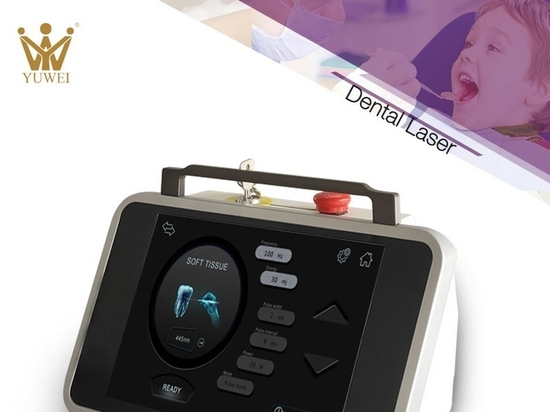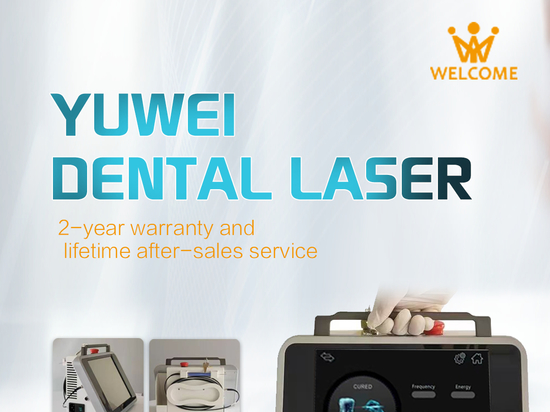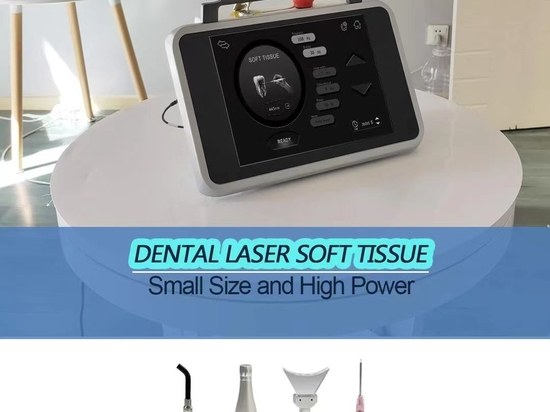
#Industry News
Innovative Technologies and Tools in Dental Care
Dental
n modern society, with the rapid development of technology, dental care is also constantly advancing and innovating. Whether in diagnosis, treatment, or prevention, new technologies and tools are continually emerging, significantly improving the efficiency of dental care and the comfort of patients. This article will explore several major breakthroughs in innovative technologies and tools in dental care in recent years.
Digital Oral Scanners
In traditional dental procedures, dentists usually need to use impression materials to obtain a model of the patient's teeth. This method is not only imprecise but also uncomfortable for patients. The advent of digital oral scanners has completely changed this situation. This equipment uses optical scanning technology to quickly and accurately capture the patient's teeth and oral structures, generating high-resolution 3D digital models. This way, dentists can diagnose and develop treatment plans more accurately, and patients no longer have to endure the discomfort of traditional impressions.
3D Printing Technology
3D printing technology has been widely used in many fields, including dental care. With 3D printing technology, dentists can quickly produce precise tooth models, crowns, bridges, and personalized custom oral restorations. This not only shortens production time but also improves the accuracy and fit of restorations. In addition, 3D printing technology can be used to create surgical guides, helping dentists perform implant surgery more accurately, reducing surgery time and risk.
Laser Technology
Laser technology is increasingly being used in dentistry, mainly for teeth whitening, gingivectomy, and caries treatment. Laser teeth whitening is a non-invasive method that activates the whitening agent through laser energy, quickly and safely removing surface stains from teeth with significant and lasting effects. In gingivectomy, lasers can replace traditional scalpels, reducing bleeding and postoperative discomfort, and speeding up the healing process. Lasers can also be used to treat caries by removing decayed tissue and killing bacteria, thus minimizing damage to the teeth.
Computer-Aided Design and Manufacturing (CAD/CAM) Technology
CAD/CAM technology refers to the application of computer-aided design and computer-aided manufacturing in dentistry. This technology allows dentists to quickly design and produce dental restorations such as crowns, bridges, and inlays within the clinic. With CAD/CAM systems, dentists can complete the entire restoration process in the same day, greatly improving treatment efficiency and patient satisfaction.
Smart Toothbrushes and Oral Care Devices
With the development of smart technology, various smart toothbrushes and oral care devices have gradually entered the market. These devices are usually equipped with Bluetooth and mobile applications that can monitor users' brushing habits and effectiveness in real-time, providing personalized oral care advice. Smart toothbrushes, with built-in sensors, can detect brushing time, pressure, and angle, helping users form correct brushing habits and prevent oral diseases.
Minimally Invasive Dental Technology
Minimally invasive dental technology refers to methods that complete various dental treatments with minimal incisions and trauma. This technology includes microscope-assisted treatment, endoscope-assisted surgery, and more. The application of minimally invasive technology not only reduces the damage to the patient's oral tissues but also significantly shortens postoperative recovery time and lowers the risk of complications.
In summary, innovative technologies and tools in dental care are continuously changing traditional dental treatment models. Through these advanced technologies and equipment, dentists can provide more precise, efficient, and comfortable treatment services, significantly enhancing patients' oral health. With the further development of technology, more exciting innovations are expected in the future, continuing to drive progress in the field of dental care.





